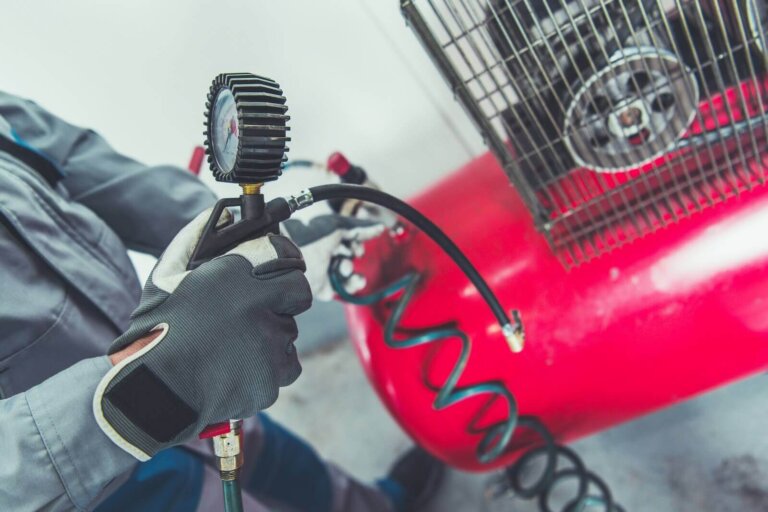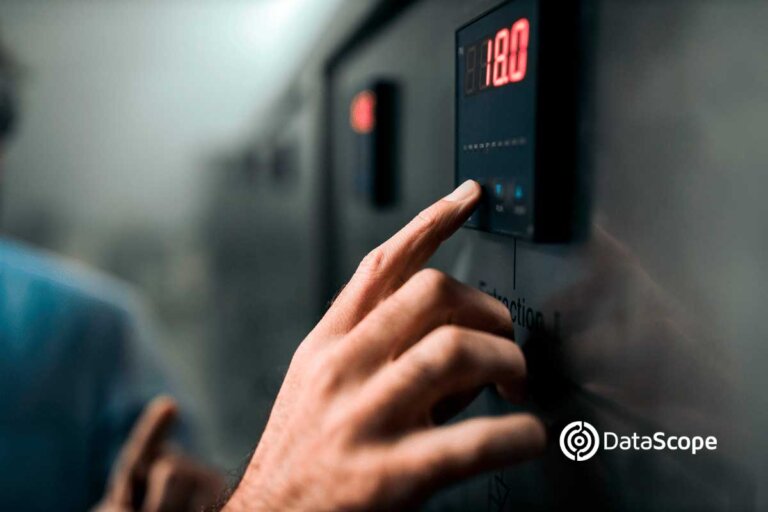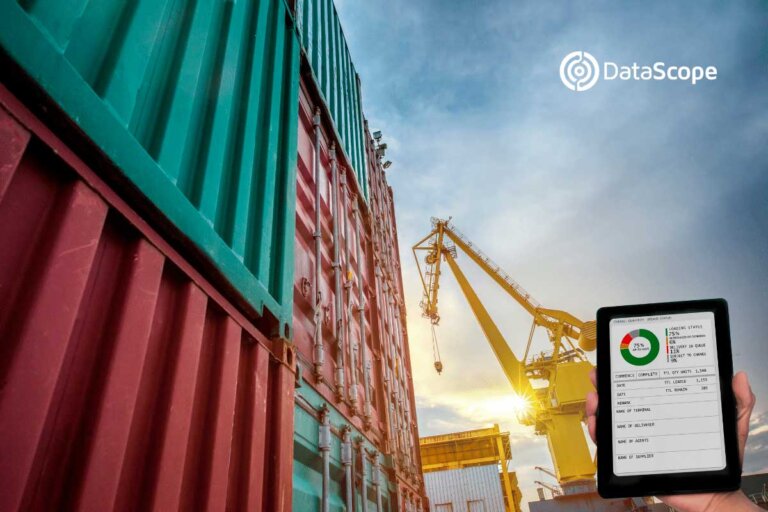MRO stands for Maintenance, Repairs, and Operations, and it refers to any equipment or process used to keep a facility running smoothly. The term is used to describe the set of operations and activities that are associated with the upkeep of a plant or facility, which can include the physical maintenance of the structure or building, the systems that operate within the facility, and the equipment used to produce goods.
In a manufacturing plant or facility there are a variety of different operations and activities that take place within that facility on a daily basis. To support all of those operations, plant managers, engineers, and procurement professionals must have a variety of products and services for the plant to continue the production processes.
The purchasing of the different materials, products, and services that are needed can be divided into two primary classes of expenses: direct spend, and indirect spend. Direct spend refer to the purchasing of materials, parts, and services that are directly associated with the production activities of the business. Indirect spend, on the other hand, represents all of the other types of materials, parts, products, and services necessary for the production operations, which are not directly used to produce the end products. A large portion of indirect spend is classified as being MRO, nevertheless, not all indirect spend would fall under the classification of being MRO. General business services and activities such as legal services, accounting services, payroll services, or marketing services are examples of indirect spend that are not considered MRO.
Why is MRO important?
When considering the costs involved in their supply chain, many businesses do not consider MRO. However, while the money spent on maintenance, repairs, and operations might not directly contribute to their final products, it is absolutely essential to keep the business running. At present, many organizations are choosing a proactive approach to maintenance rather than the traditional one (waiting for equipment to fail before carrying out repairs). They are also using technology to avoid unplanned stoppages before they occur.
MRO is relevant for any business because it has the potential to reduce production expenses, even though it typically only accounts for 6% to 10% of a company’s total spend.
For instance, any of the following issues can exceed all the costs listed in the financial impact list.
Downtime: An asset with downtime can heavily affect all production performances.
Opportunity costs: Check if the time spent on MRO problems could be recovered and reallocated.
Idle workers: How much does it cost to pay a worker to do nothing? More downtime, more idle workers.
Incorrect parts: If you do not have the right part, emergency shopping and shipments could be very expensive.
How can MRO help your business to reduce costs?
- Reducing costly equipment downtime
- Improving operational efficiency
- Ensuring safety in the workplace
For example, a food packing plant that keeps on top of its MRO will likely have fewer breakdowns with its equipment. If they experience breakdowns and they have the right replacement part on hand, the equipment will get back running shortly.
What kinds of equipment are used in MRO?
Regarding the types of equipment used in MRO, anything that is used to keep machines, buildings or offices running smoothly would fall under MRO. A few examples of MRO supplies and equipment are:
- Safety equipment
- Fuel for vehicles
- Batteries
- Lubricant
- Office supplies
- Computer systems and IT
- Tools
- Cleaning supplies
- Replacement parts
MRO not only involves supplies and equipment, but it also includes processes and personnel. Maintenance technicians, supervisors, and managers all have distinct roles in keeping up on maintenance processes.
Components of MRO inventory management
MRO inventory management, or maintenance inventory management is the process of procuring, storing, using, and replenishing the materials and supplies used for maintaining assets at the lowest possible cost. To put it simply, the goal of MRO inventory management is to have the right stock at the right time and place, and at the right cost.
The core components of MRO inventory management are identification, location, procurement, and inventory control.
Identification
Swift, effective maintenance relies on knowing exactly what MRO items are kept in stock in your maintenance inventory. The identification of items can notoriously improve maintenance inventory management.
Specification
It provides the requirements of the spare parts or supplies to ensure an asset’s proper operation. Part specifications define exactly what is necessary for an optimal asset performance and indicate the tools used to install or make use of the part. For items that require specialized tools, technicians benefit by ensuring they are available to be checked out in advance.
Specifications are also useful when alternative parts or supplies are required. Tracking specification will help you to identify similar, interchangeable parts. A third way that specification affects maintenance is organization. Inventory items should be arranged by their characteristics, such as size, weight, material, shape, etc. An organized stockroom makes MRO items easier to find for technicians.
Location
Once you know what MRO inventory items you have in stock, you must be able to locate them. Knowing exactly where MRO inventory items are stored helps increase responsiveness and allows you to fulfill maintenance work orders more efficiently.
Organization
Depending on the size of your organization, MRO inventory may be spread out across multiple locations. When this is the case, you must have a system for organizing the items. For instance, stockrooms and storage locations might use a letter or number scheme to organize their aisles, racks and shelves. These labels will make inventory items easy to find.
Communication
Once items are organized, you must communicate the organization system to the rest of the team. Stakeholders should know exactly how things are organized and understand names or numbers. Locations can also be communicated through a maintenance inventory management system.
Procurement
Procurement is the process of obtaining goods or services, such as MRO inventory items, in a cost-effective and efficiently manner. It includes all the activities that take place from the initial requisition to final payment and receipt of goods.
Inventory control
Inventory control ensures the organization has the right amount of stock available to perform the maintenance efficiently. It includes knowing what you have, how much you have and where is located, and how much of it is on hand. This information is very useful to manage MRO inventory because it helps them to avoid stockouts and expensive asset downtime.
How to manage your MRO inventory?
Establish a baseline
A baseline profile shows how your inventory is distributed by activity level and how quickly materials are turning over at an aggregate level.
Identify excess inventory
Excess inventory is stock of usable materials that exceeds short-term anticipated requirements. For many items, the highest the inventory should ever go is the sum of the Reorder Point plus the Reorder Quantity. Excess is the amount above the highest expected level.
Identify obsolete material
Almost every MRO storeroom has some parts that are for equipment no longer in service due that some equipment have been redesigned, or some parts are no longer usable. Any items found to be obsolete should be identified in the system and separated
Prioritize the active inventory
An effective analysis will determine the items that have the greatest impact on service and investment, and therefore identify the ones that you should spend more time on. Make sure to exclude anything identified as obsolete.
Set MRO management KPIs
The first step to sustainable MRO parts inventory management is setting benchmarks against which your inventory can be measured. Setting up and monitoring key performance indicators will help supply managers to predict trends in MRO usage and offer appropriate suggestions on how to keep the process running efficiently.
Educate relevant staff on MRO sourcing and supply chain
Equally important to the implementation of an effective MRO inventory plan is the training of the relevant members of staff who will manage the MRO inventory. Giving opportunities for members of your team to interact with MRO staff will create a work environment where everyone understands their role in achieving a common objective.
Establish a software management system
Investing in MRO management software is a smart business decision. Not only will access to storeroom management software streamline your supply chain, but it will also improve your ability to track, predict, and pre-empt MRO needs in real-time. Furthermore, the use of MRO software will provide you with relevant data, which would be very helpful to analyze supplier performance and adjust your storeroom vendors as required.







